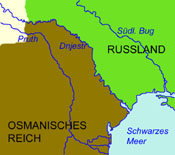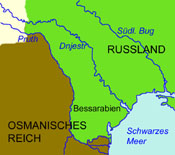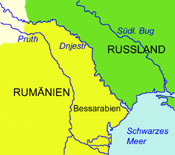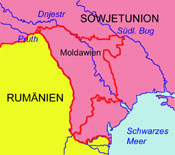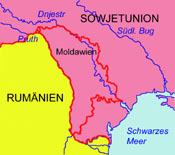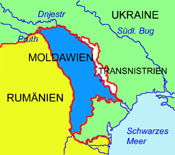mobile Ansicht, to the English Version tap the flag
![]()

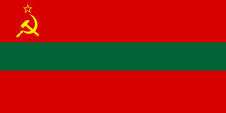
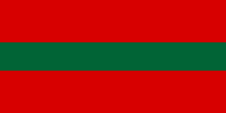
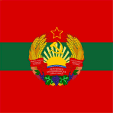
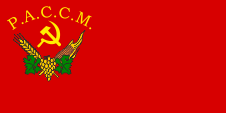
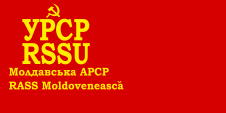
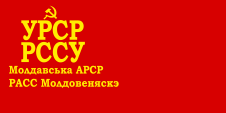
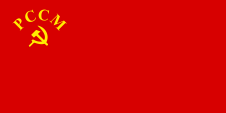



ca. 900 · das Gebiet des heutigen Transnistrien wird Teil des Kiewer Reichs (Kiewer Rus)
1061–1240 · das Gebiet ist Teil des Reiches der Kumanen
1359 · Gründung des rumänischen Fürstentums Moldau zwischen den Karpaten und dem Dnjestr
1387 · das Gebiet des heutigen Transnistrien wird von Polen-Litauen abhängig
1526 · der Süden des Landes wird vom Osmanischen Reich abhängig
1772 · Erste Polnische Teilung, Russland annektiert alles polnische Territorium östlich der Düna und des Dnjepr, einschließlich des Nordens des heutigen Transnistrien
1792 · Russland annektiert mit der ehemaligen osmanischen Provinz Jedisan auch den Süden des heutigen Transnistrien
1806–1812 · russisch-türkischer Krieg
1812 · Frieden von Bukarest, der östliche Teil des rumänischen Fürstentums Moldau (zwischen den Flüssen Prut und Dnjestr, das heutige Moldawien) kommt unter dem Namen Bessarabien an Russland
1853–1856 · Krimkrieg, Bessarabien verbleibt bei Russland
1914–1918 · Erster Weltkrieg, die Ukraine löst sich im März 1917 von Russland und erklärt ihre Unabhängigkeit, Transnistrien gehört jetzt zur Ukraine
1917 · bolschewistische Revolution in Russland, Bürgerkrieg
22.01.1918 · Errichtung der Sowjetmacht in der Ukraine
09.04.1918 · Annexion von Bessarabien durch das Königreich Rumänien
30.12.1922 · Gründung der Sowjetunion (UdSSR), Zusammenschluss der Sowjetrepubliken von Russland (RSFSR), Weißrussland, der Ukraine und der Transkaukasischen Föderation
1924 · Gründung der Moldauischen Autonomen Sozialistischen Sowjetrepublik (MASSR) in Transnistrien (auf dem Gebiet der Sowjet-Ukraine) jedoch war diese Republik wesentlich größer als das heutige Transnistrien
1939–1945 · Zweiter Weltkrieg: 1940 die Sowjetunion zwingt Rumänien zur Abtretung von Bessarabien, der Südteil des Landes wird abgetrennt und der Sowjet-Ukraine angeschlossen, der Nordteil wird an die verkleinerte Moldauische Autonome Sozialistische Sowjetrepublik angeschlossen und die Moldauische Sozialistische Sowjetrepublik (MSSR) proklamiert, 1941 Rumänien kann Bessarabien wieder besetzen und annektiert die gesamte MSSR und alle Territorien bis zum Südlichen Bug, 1944 Bessarabien wird von sowjetischen Truppen besetzt, Wiederherstellung der MSSR
1947 · Friedensvertrag von Paris, Rumänien erkennt die sowjetische Annexion und den Bestand der MSSR an
1990 · Forderungen nach der Unabhängigkeit Moldawiens, die in Transnistrien lebenden Russen befürchten einen baldigen Anschluss der MSSR an Rumänien
September 1990 · die Republik Transnistrien erklärt sich für unabhängig
27.08.1991 · die MSSR proklamiert ihre Unabhängigkeit und nennt sich Republik Moldawien (Moldova)
01.12.1991 · eine Volksabstimmung in Transnistrien bestätigt die Unabhängigkeit Transnistriens von Moldawien, Ausbruch eins Bürgerkriegs in Transnistrien
08.12.1991 · Russland, die Ukraine und Weißrussland erklären sich für souverän und gründen die „Gemeinschaft Unabhängiger Staaten” (GUS)
21.12.1991 · Beitritt aller ehemaligen Sowjetrepubliken der UdSSR zur GUS (außer Georgien), endgültiges Ende der Sowjetunion
1991–1992 · Bürgerkrieg (eigentlich Krieg zwischen Moldawien und Transnistrien), Transnistrien siegt dank des militärischen Eingreifens von Russland
1994 · eine Volksabstimmung in Moldawien lehnt den Anschluss an Rumänien ab
24.12.1995 · eine neue Volksabstimmung (von Moldawien nicht anerkannt) in Transnistrien bestätigt die Unabhängigkeit Transnistriens und befürwortet einen Eintritt in die GUS
17.09.2006 · eine neue Volksabstimmung (von Moldawien nicht anerkannt) in Transnistrien bestätigt zu 97% die Unabhängigkeit Transnistriens und befürwortet einen späteren Anschluss an Russland (Russische Föderation)
18.03.2014 · die Regierung Transnistriens stellt einen Beitrittsantrag zur Russischen Föderation
Quelle:
Atlas zur Geschichte,
Wikipedia (DE),
World Statesmen,
Volker Preuß
![]()

